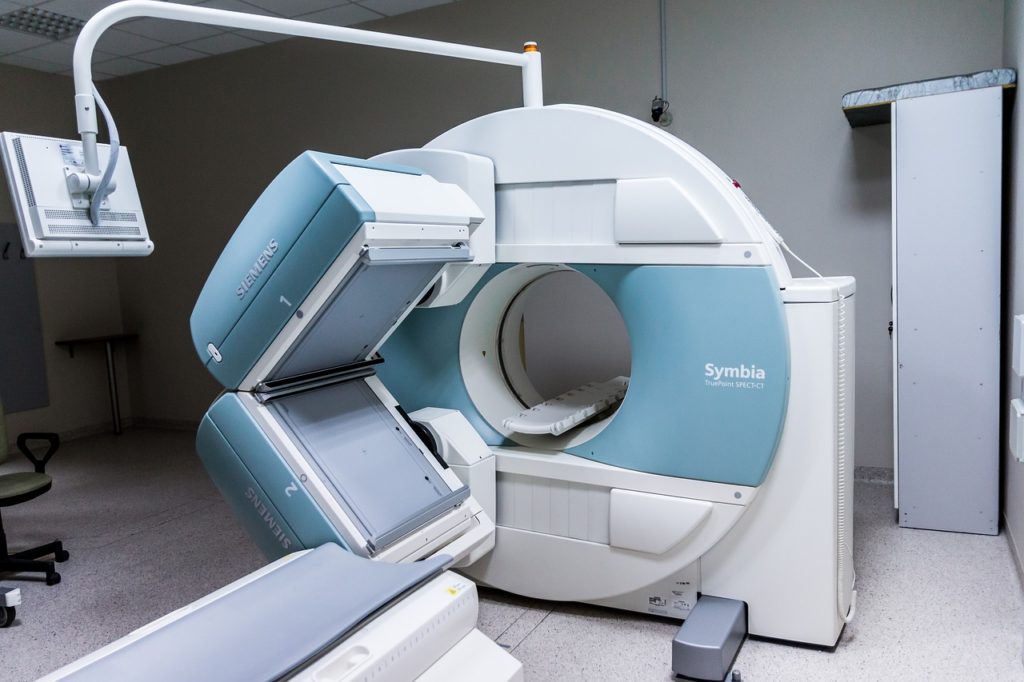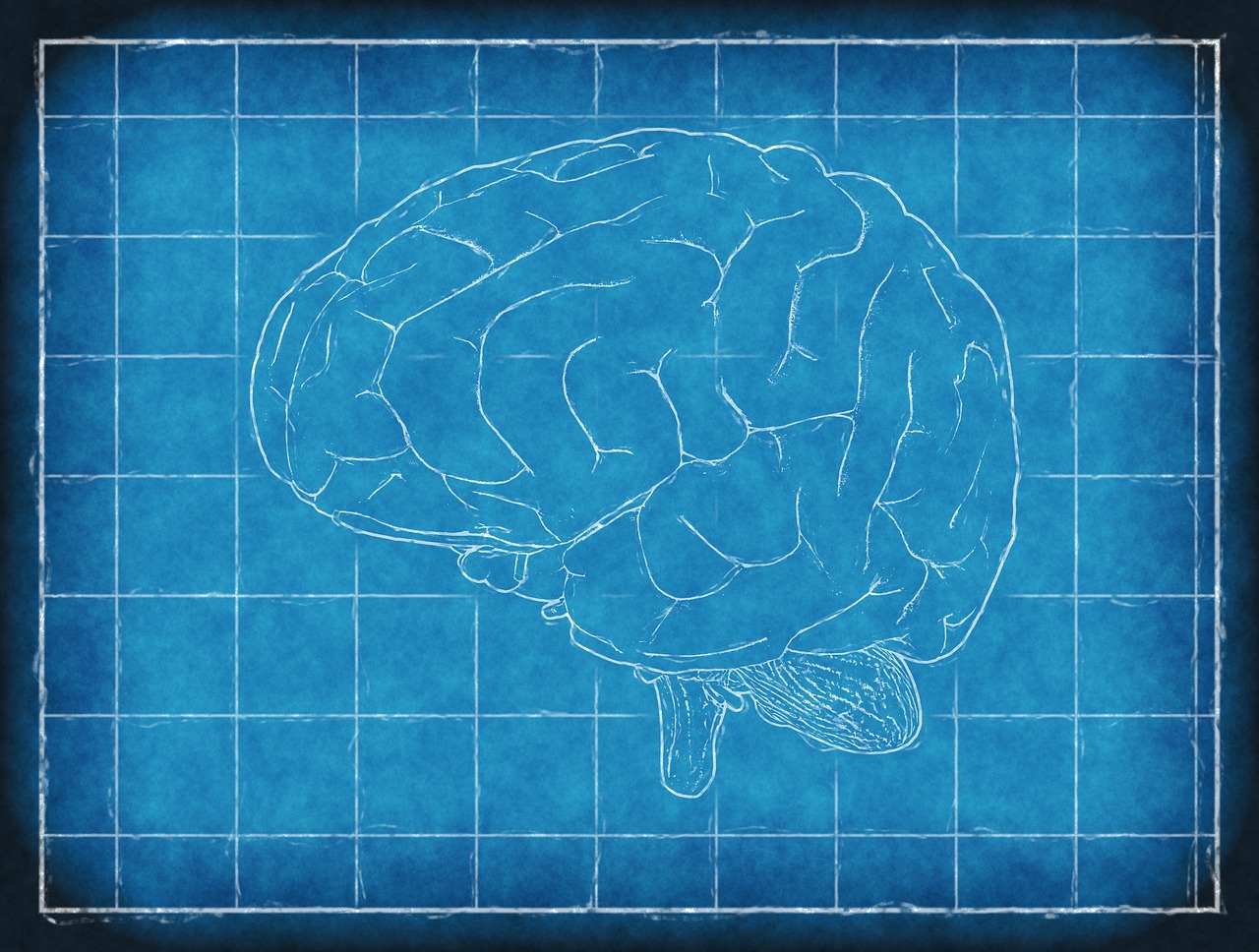As the digital health revolution continues, advocates believe these technologies may reduce the margin of error for medical procedures and diagnoses. In particular, brain scan technology may see a benefit from new digital health tools.
Magnetic resonance imaging (MRI) scans have been a major health tool for physicians. They create useful images of organs and internal structures by using radio waves, a large magnet, and a computer. Differing from other tools like CAT scans and X-rays, MRIs are a non-invasive diagnostic tool that does not bombard the human body with potentially harmful radiation.
Though MRIs have a number of uses, one of their most important is their use as a way to check for anomalies in the brain. Here’s what you need to know about the future of brain scan analysis:
Functional Magnetic Resonance Imaging (fMRIs)
Slightly different from traditional MRI scans are functional MRIs. Functional MRIs are used to measure blood flow to different areas of the brain, thereby showing portions of the brain that are more active than others. Increased blood flow is present where the neurons are more active, so doctors can use a functional MRI to check for these specific areas of increased (or, by the same token, decreased) activity.
This type of technology has been extremely important for brain mapping, helping researchers to map healthy, diseased, and injured brains without the use of drug injections or other more invasive procedures. Physical and structural anomalies can be detected effectively with a traditional MRI scan, but fMRI scans are useful for detecting anomalies in the brain activity itself.
They also help doctors plan for brain surgery, helping them to avoid important areas in the brain. They can be used to check brain function following strokes, head injuries, tumors, or neurodegenerative diseases like Alzheimer’s disease.

The Problem with MRIs
Though MRIs are extremely useful tools for physicians, problems can occur if the results of the MRI scans aren’t interpreted correctly. Some of the potential problems with MRI scans occur when a technician misinterprets results or misses an important anomaly on the scan.
Increasing workflows and vast amounts of data to interpret mean that radiologists responsible for interpreting the scans need to work as quickly as possible to make their assessments. However, radiologists and other physicians may disagree with one another and have different interpretations of a scan. The same doctor might even have a different diagnosis when coming back to a scan on another day.
All of this results in less accuracy, and sometimes, dangerous errors that have the potential to negatively impact patients.
Automation and AI Can Help
That’s where automation and artificial intelligence tools come in. These technologies can work exponentially faster than human beings, helping to cut down on the massive workflow that slows down hospitals and doctors’ offices all over. Automation tools can help make the process faster, more efficient, and they can cut down on incidences of human error, making the whole process more effective for patients.
Artificial intelligence tools that review these scans are much more objective than human beings. They can sometimes catch anomalies or problems that would be almost undetectable by human beings. This objective evidence can be incredibly helpful for radiologists and physicians and help eliminate guesswork or vague ideas of what is wrong. As a result, patients can get the care they need quickly, rather than having to wait for multiple opinions and different diagnoses before starting their treatment options.
Many people have raised concerns about using artificial intelligence tools in the healthcare industry, particularly for diagnostic purposes. However, these types of tools are an example of how artificial intelligence can streamline and improve the process without eliminating physicians. Medical professionals are still, in the end, responsible for providing the diagnosis, but the AI tools can help them get there faster than ever.
New Tech on the Horizon
Most recently, researchers have begun to develop portable brain scan machines that can be taken nearly anywhere. Typically, MRI machines are large and bulky, not to mention expensive. This makes it necessary for patients to go to the machines to get a scan and increases costs significantly. But with the development of portable brain scan machines that are lightweight enough to be worn by a moving patient, that all might change.
As this technology develops, the brain scans might be able to come to the patient, bringing this important health tech to underserved portions of the population. In some remote and rural areas, it can be difficult if not impossible to get to an MRI machine in a timely manner. Soon, that problem might be eliminated entirely.
Current MRI machines are also extremely expensive, costing millions of dollars in some cases. These smaller machines might bring down the cost to under $200,000, a significant decrease. Lower costs for hospitals and doctors’ offices could translate to lower costs for the patient, contributing in another way to improving the accessibility of brain scans. Who knows, someday you might be able to get your brain scanned at the drug store, just like you can get your blood pressure checked now!

